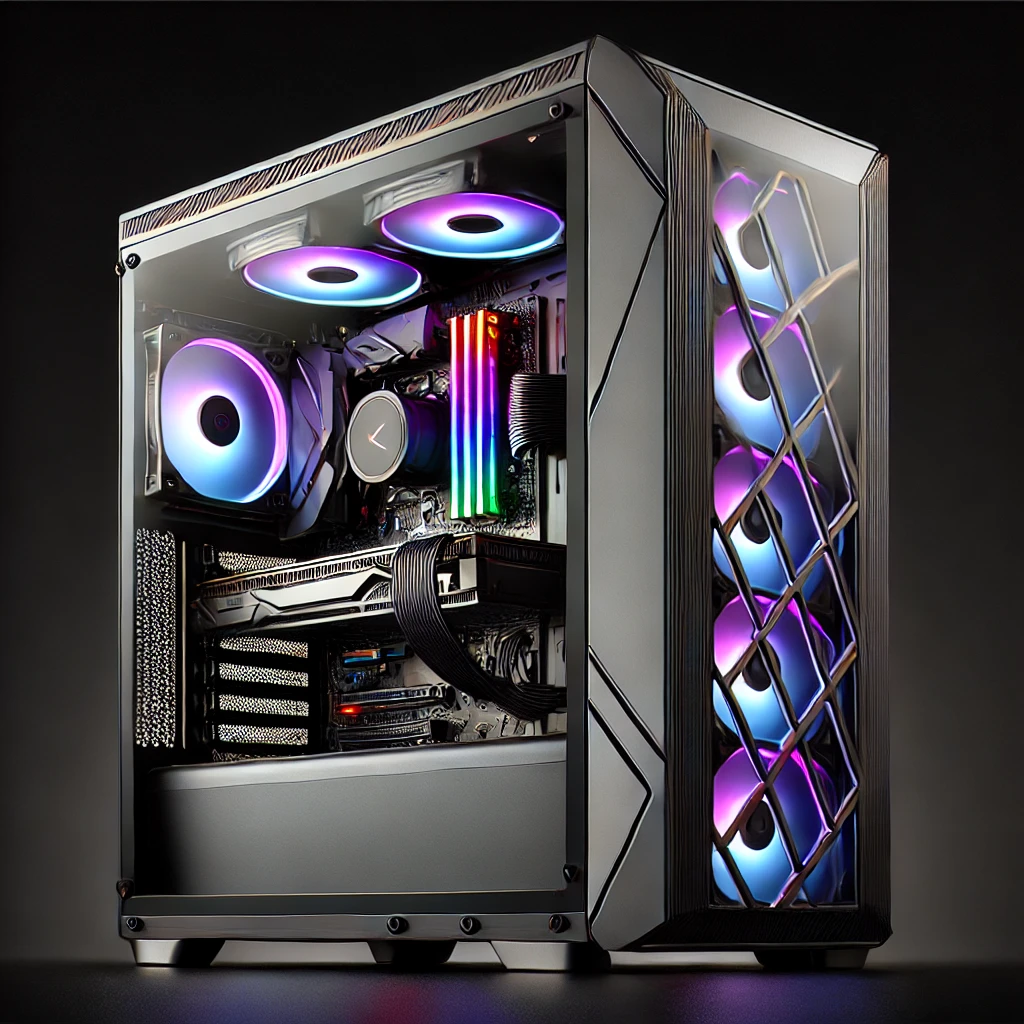Your cart is currently empty!
When setting up your smart home you will need to plan all your devices. While everyone is talking about the lights and power adapters what you really need to focus on first is your HUB.
When I first started trying to make my shop smart I got some smart switches from Grid Connect. (Bunnings sells them ) and I was disappointed because they would not work with any of my other devices. The iOS app was limited at best and they refused to work with anything other than their app.
I also tried getting a smart light bulb but it required a hub to even to connect to my phone. while this was frustrating at first I was much happier when I got a hub.
A hub in the context of smart home devices serves as the central command center, effectively acting as the brain of your smart home. This essential component allows you to control and manage your smart devices remotely, ensuring that everything from lighting to security systems operates seamlessly whether you’re home or away.
Understanding Smart Hubs
A smart hub connects and coordinates the various smart devices in your home, allowing them to communicate with each other and with you through your smartphone or other control systems. Despite popular belief influenced by major brands like Google and Apple, the range of available smart hubs extends beyond these two giants, offering various features and compatibility options depending on your household needs and the types of devices you use.
Options for Smart Hubs
Apple Hubs
Apple’s integration into the smart home market includes devices like the Apple TV and Apple HomePod speakers. These devices double as hubs, enabling control over compatible smart home devices via Apple’s HomeKit. Apple TV, particularly recent versions, and HomePod speakers can connect seamlessly to most smart devices, allowing for centralized control and responses to Siri voice commands.
Google Home
Google Home devices function similarly to Apple’s offerings but include unique features like integrated displays, providing additional information visually. These devices offer optimal functionality with Android systems, although they can connect to Apple devices with some limitations.
DIY Smart Home Systems
Home Assistant
For those with a bit more technical know-how, Home Assistant offers a robust, open-source platform that can run on small computers like the Raspberry Pi. This system supports extensive customization and is cross-platform, making it a versatile choice for tech enthusiasts looking to tailor their smart home system precisely.
OpenHAB
OpenHAB is another open-source alternative providing extensive smart home management capabilities. While I haven’t personally used OpenHAB, it’s known for its broad compatibility and flexibility, similar to Home Assistant.
Placement of Your Smart Hub
Choosing the right location for your hub is crucial. For hubs that accept voice commands, positioning them in a central location within your home where microphones can easily pick up your voice is ideal. It’s important to note that many smart devices operate on 2.4 GHz Wi-Fi due to its broader range, as opposed to the faster but shorter-range 5 GHz Wi-Fi. Therefore, ensuring your hub is within a good 2.4 GHz Wi-Fi coverage area is essential for optimal performance.
If you don’t use voice commands extensively, your hub can be placed almost anywhere as long as it maintains a strong Wi-Fi connection. This flexibility helps in planning and integrating your smart home hub into your living space effectively.
Check out other posts on this topic
Discover more from LithGeek Custom Gaming Computers
Subscribe to get the latest posts sent to your email.
by
Tags:

